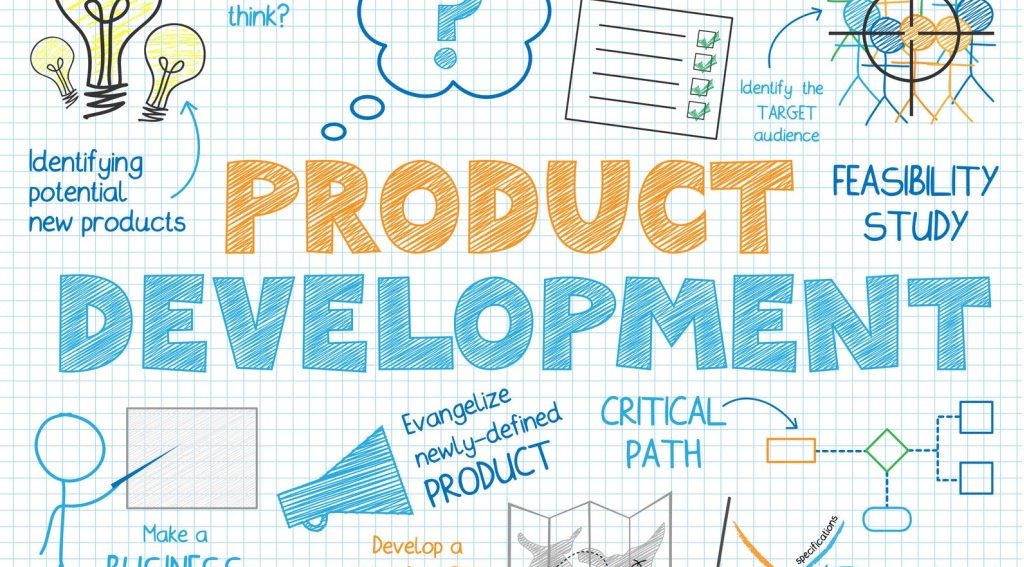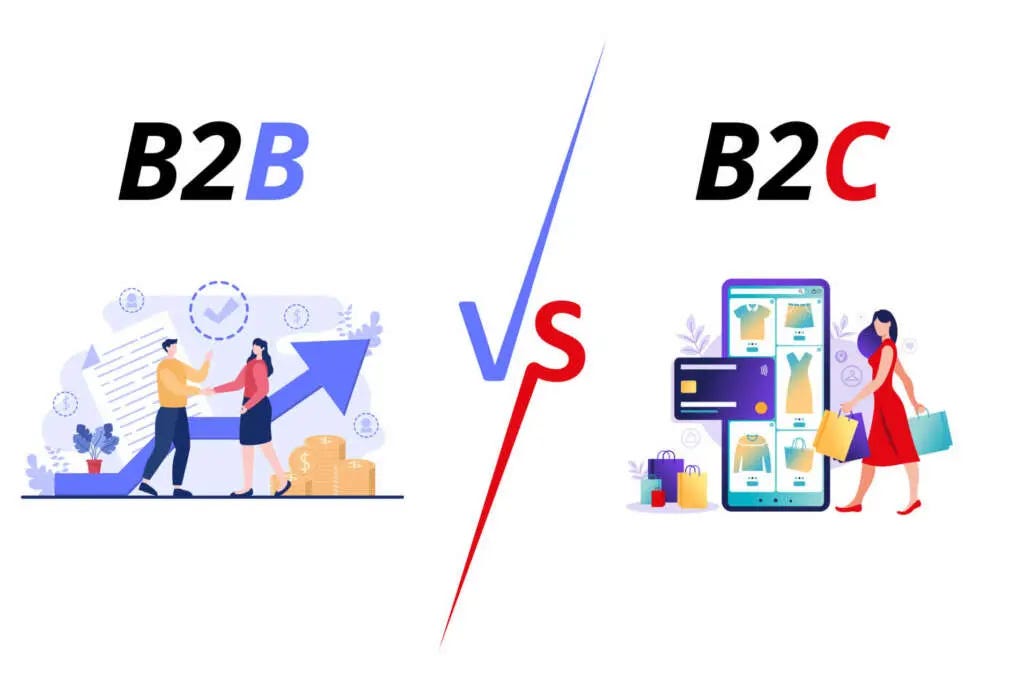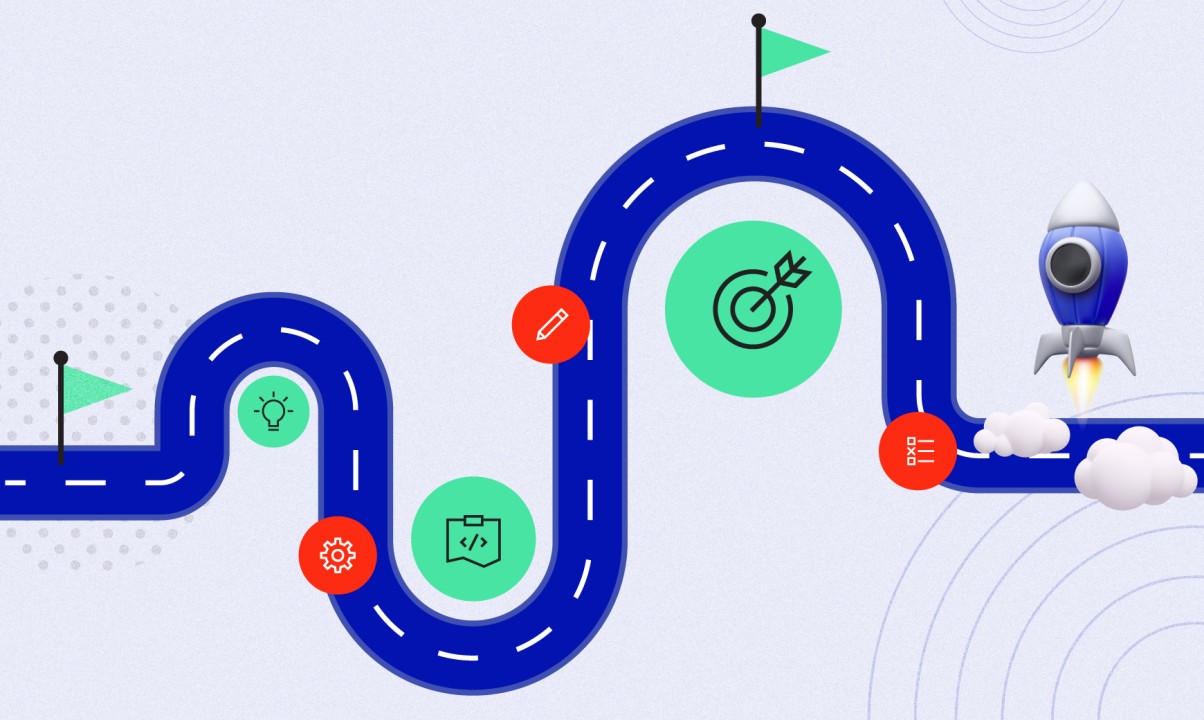Embarking on the journey of product development can be both exhilarating and challenging. The path from idea to market-ready masterpiece demands strategic planning, efficient execution, and a flexible approach. In this comprehensive guide, we’ll explore the art of streamlined product development, providing a roadmap to help you navigate the process with ease and arrive at your destination successfully.
1. Define Clear Objectives:
Product development is a multifaceted process that demands careful planning, coordination, and execution to ensure success in today’s dynamic and competitive business environment. Start by establishing clear and concise objectives for your product development process. Understand the problem your product is solving and the value it brings to customers. Having a well-defined vision helps align the entire team and prevents scope creep, enabling a more focused and efficient development process.
2. Chart Your Course with a Defined Vision:
Before setting sail, establish a clear destination. Define your product’s vision and scope through thorough market research. Develop a detailed product roadmap outlining goals, key features, and milestones. This ensures alignment within your team, preventing scope creep and optimizing resource utilization.
3. Foster the Spirit of Collaboration:
No ship reaches port without a strong crew. Embrace cross-functional collaboration by bringing together diverse teams from design, engineering, marketing, and customer support. Encourage open communication using tools like Slack and project management platforms to facilitate information flow and ensure everyone is on the same page.
4. Prioritize Like a Pro:
Not all features are equal. Use data and customer feedback to prioritize features based on impact and ease of implementation. Focus on building a Minimum Viable Product (MVP) with core functionalities, gather user feedback, and iterate rapidly. This data-driven approach ensures you deliver features that resonate with customers.
5. Agile Methodology:
Adopt Agile methodologies, such as Scrum or Kanban, to enhance flexibility and responsiveness in your development process. These frameworks promote iterative development, allowing teams to adapt to changes quickly. Agile also encourages regular feedback from stakeholders, facilitating continuous improvement.
6. Automate Your Way to Efficiency:
Repetitive tasks are the barnacles slowing down your progress. Identify and automate repetitive tasks slowing down your progress. Utilize design and prototyping tools, implement code testing frameworks, and leverage project management software. Automation frees up your team to focus on creative problem-solving and innovation, speeding up the development process.
7. Embrace Feedback: Your North Star:
Treat customer feedback as a guiding star, not a storm to weather. Actively collect and analyze user feedback throughout development. Implement feedback loops using surveys, user testing, and beta programs to align your product with customer needs and build trust.
8. Prototyping and Iteration:
Develop prototypes early in the process to validate concepts and gather user feedback. This iterative approach helps identify potential issues and improvements, reducing the risk of major setbacks later in the development cycle. Rapid prototyping tools can expedite this phase.
9. Measure, Adapt, and Conquer:
Data serves as your compass in the product development ocean. Set clear metrics to track progress, such as user engagement and conversion rates. Regularly analyze data to identify bottlenecks and areas for improvement. Be ready to adapt and pivot based on data insights, acknowledging that flexibility is crucial for navigating unexpected currents.
10. Continuous Integration and Deployment (CI/CD):
Implement CI/CD pipelines to automate the testing and deployment of code changes. This practice ensures that new features are seamlessly integrated into the existing product, reducing the time between development and delivery. It also enhances the overall stability and reliability of the product.
Conclusion:
Streamlining product development is not a one-time sprint but a continuous voyage of improvement. Cultivate a culture of experimentation, learning, and iteration. By constantly seeking ways to optimize your process, you’ll ensure your product development journey is efficient, enjoyable, and ultimately successful.
So, hoist the sails, assemble your crew, and embark on your streamlined product development adventure! With these tips as your guide, you’ll be well on your way to delivering a masterpiece that makes waves in the market.




